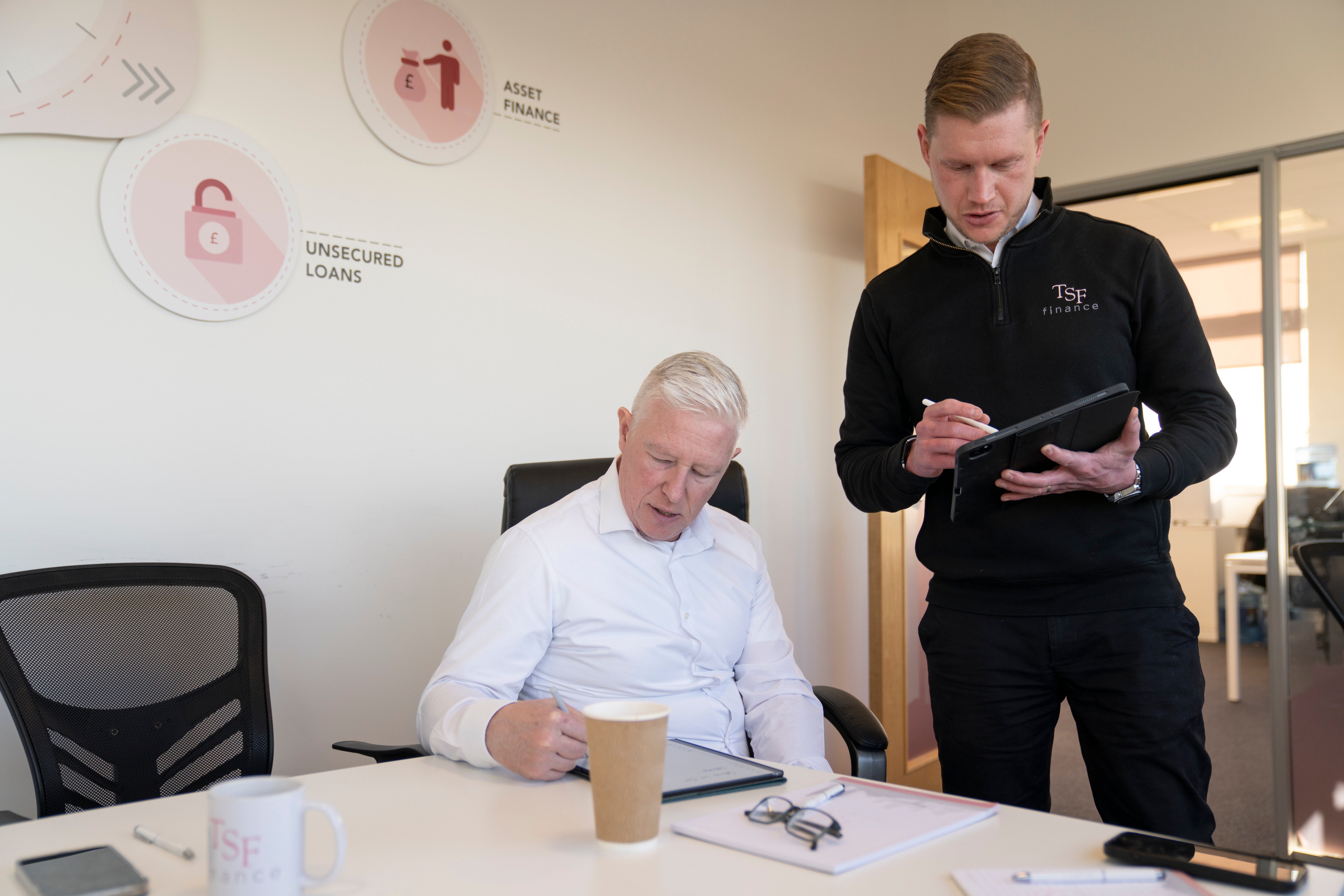Keeping a business afloat is never an easy task, but in times of financial hardship, it becomes even more of a challenge.
Struggling to pay for important business costs has left many businesses unable to know where to turn next. Fortunately, there is an option for boosting your business even in times of financial stress – asset finance.
If you are wondering how asset finance works, keep reading.
What is Asset Finance?
Different financing options fall under asset finance. The hire purchase and leasing types involve spreading the cost of a brand-new asset over some time. A finance company pays for the assets upfront, and then you pay them back at the agreed time. Once paid off, it is decided whether the business owner keeps the asset or it falls to the finance company.
The other type – refinancing – involves getting a loan based on the assets that you already own. Instead of paying for a new asset, you can use the loan money for any business area.
What Assets Might You Get?
- New Technology
- Machinery
- Office Furniture
If you require new assets but can’t afford them upfront, asset financing can help you.
How Much Can You Borrow?
How much you can borrow through asset financing entirely depends on your business’s needs and the finance company you choose. Some businesses – particularly smaller ones – may borrow just a couple of thousand pounds. Others, however, might be able to borrow up to hundreds of thousands. Some companies even offer loans in the millions, but that is for large corporations.
What to Expect When Applying

Before you can secure an asset finance loan, you need to prove to the finance company that you are capable of paying it back. Some things you can expect to show when applying:
- A Good Business Plan
A plan detailing how you will make up the payments and how you will expand as a business is important. It should be thorough and clear.
- Evidence of Profit
Finance companies will be hesitant to lend money if there is no previous evidence of profit.
- A Pledge Against Assets
Some finance companies will want a pledge against your assets in case you can’t pay. Those assets could include furniture, buildings, or machinery.
- To Answer Why You Need it
You will need to answer why you need asset finance. Be prepared to detail the reasons why and how it will help your business.
You should also consider the return on investment. If you can show the finance company how the asset will boost your company’s profits, they are more likely to accept your application.
The Advantages of Asset Finance
Now you know how asset finance works and how you need to prepare, you might consider whether it is right for your business. While asset finance is not the right option for every company out there, it can be a lifesaver for those struggling. Here are some of the best advantages of choosing asset finance:
- Flexible Payment
When you choose asset finance, you can pick flexible payments that suit your business.
- It’s Easy to Qualify
While you will have to answer questions and prove that you will pay back, it is generally easier to qualify for asset finance than it is to get approved for standard loans from a bank.
- Afford Something You Couldn’t Otherwise
Paying for a new piece of machinery on the shop floor or a tech upgrade can be pricey. Despite increased profits down the line, many companies struggle to pay for it up front. Asset financing helps you acquire those types of assets without needing upfront payment.
Asset finance is an excellent choice for businesses wanting to get back on their feet.
To find out more, get in touch with our team of experts and we can help guide you through the process.












